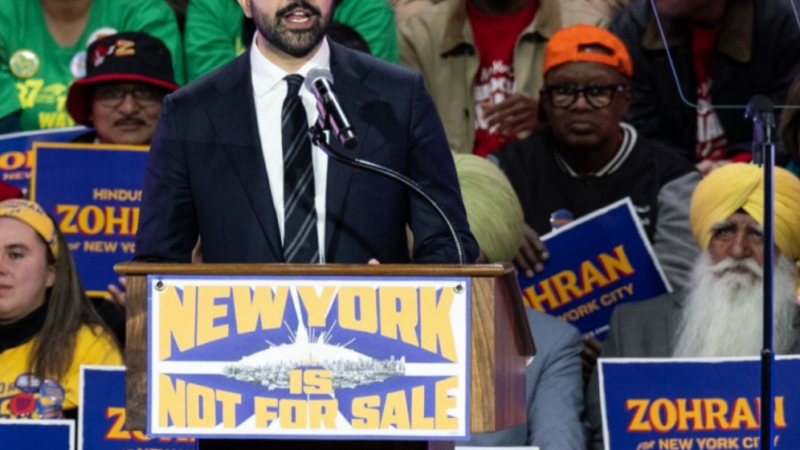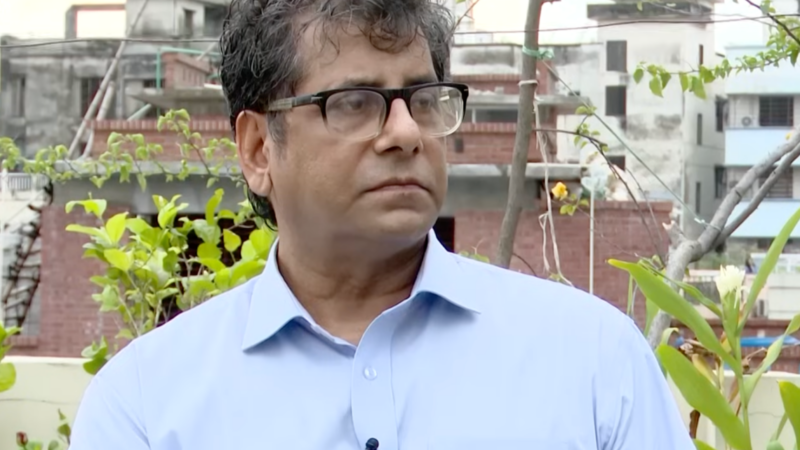Is Kashmir experiencing a new form of militancy for India?

On November 3, a blast ripped through a bustling Sunday market in the heart of Srinagar, the largest city in India-administered Kashmir. A 45-year-old woman, who was one of the 12 civilians wounded in the attack, succumbed to her injuries later in the hospital. Police later detained three men. According to authorities, they are associated with Pakistan-based militant group Lashkar-e-Taiba (LeT).
Though it was the first grenade attack in Srinagar in two years, it was just one of several militant incidents reported in Jammu and Kashmir in recent months. Some experts have called this uptick a “shift” in the militants’ strategy, saying that the focus was moving southwards and away from the restive Muslim-majority Kashmir valley to the Hindu-majority Jammu. Some media outlets decried the attacks as part of a “new wave” and “renewed terror” in the troubled region.
Some observers say the mostly peaceful election had irked militants, who Indian officials claim are backed by neighboring Pakistan to foment violence in the region.
Officials in Pakistan have consistently denied such allegations.
“The elections frustrated terror groups and forced them to activate the sleeper cells to sabotage the democratic process,” Ayjaz Wani, a strategic analyst based at the Observer Research Foundation (ORF) in New Delhi, told DW.
Many observers cite the number of fatalities in recent attacks as evidence that there is no real uptick in militant activity.
“The overall trend after 2006 has been a declining one. There is no reason to believe that there is any escalation,” said Ajai Sahni, the executive director of the Institute for Conflict Management and South Asia Terrorism Portal (SATP).
According to numbers published by SATP, militancy-related deaths — which include civilians, security personnel and militants themselves — were at their lowest in 2012, when 121 fatalities were recorded. Peak fatalities were recorded in 2018 with 452 people killed. And this year, the death toll is so far equal to that of 2012.
Sahni dismisses media-fueled speculation about a militant surge as “hysterical.”
“Every time there is a random cluster of incidents, everybody starts screaming about escalation, new strategy, new trends,” Sahni said. “A trend is something that is to be sustained over time. These assessments are hysterical and sometimes motivated in order to create the idea of a threat far in excess of the actual threat in existence. That feeds into a certain political discourse: the threat of the evil Muslim terrorist who is putting the entire Hindu nation at risk,” he added.
Sahni also doubts that the attacks in Jammu represent a strategic change, saying fewer troops have been deployed there in the last decade, weakening the “security grid” that protected the area.
“This security grid ensured that if there was an incident of militancy there would be a mechanism where that area could be completely locked down from all sides within a very short period of time. As a result of which in most cases if a militant incident occurred the militant would not survive,” Sahni said. “Because of the dilution of the grid, many gaps had come up as due to which it was easier for militants to move about and to hide out and also possible for them to execute operations and escape alive,” he added.
More militants arrive
The decadeslong insurgency in Kashmir has seen increases and decreases in support among residents, including the 2015-2016 era of almost cultlike worship of young militant leaders such as Burhan Wani, which was fueled by social media.
But observers report that recruitment has dropped since then, and that the gap is being filled by “foreign militants” which is how Indian officials refer to guerrillas from Pakistan. Estimates indicate that Pakistani militants now outnumber domestic fighters in India-administrated Kashmir.
“There is a sudden increase in foreign terrorists. As per reports of the intelligence agencies, there are about 120 terrorists operating in Jammu and Kashmir at the moment. Out of which, 80 are operating in the Kashmir valley and 40 in the Jammu region. Out of the 80 in Kashmir valley, 61 are foreign terrorists. Only 19 are local. In Jammu, roughly 35-36 are foreign terrorists. The major component right now is the Pakistani terrorist,” Shesh Paul Vaid, former Director General of Jammu & Kashmir Police told DW.
‘Very low’ recruitment
Wani sayid “positive changes” in regional perception and enhanced security measures were the factors behind fewer residents joining the militancy.
“For the past 30 years, Kashmir has been used by Pakistan and its military to distract citizens from domestic political and economic issues,” he said.
“Many young people in Kashmir now feel that Pakistan has deceived them by exploiting religion,” he said. “Ultimately, it is clear that Pakistan’s support for terrorism is not because of its affinity towards Kashmiri Muslims, but it is owing to Pakistan’s own geostrategic and geopolitical designs to hamper India’s rapid rise on the global stage,” he added.
Sahni said there was an effort to raise the domestic component in Kashmir’s militancy from time to time.
“Right now local recruitment is at a very low level because the survival rate of terrorists today in the region is very low,” he said.
But Vaid warns that foreign militants are likely behind the more recent attacks in the region.
“There is a likelihood of major terror strikes in the coming days. Foreign terrorist component increase will pose a new threat to the stability in the region,” he said.






